Dainik Bhaskar has a skew towards local advertisers at 65%: Girish Agarwaal
DB Corp Limited has announced that its flagship Hindi newspaper Dainik Bhaskar has emerged as the No. 2 newspaper in Bihar. Hansa Research Group undertook a commissioned readership research in Bihar to gauge the readership of various Hindi newspapers, their readership profile, key product consumptions, reader’s engagement and brand satisfaction.
As per this report, Dainik Bhaskar is at No. 2 position with an average issue readership (AIR) of 9.11 lakh. Hindustan, the Hindi newspaper from HT Media Ltd, claims the numero uno position with an AIR of 9.98 lakh. In Patna city, Dainik Bhaskar is at No. 1 position with an AIR of 5.07 lakh readers.
According to DB Corp, Dainik Bhaskar growth is driven by an aggressive circulation drive and supported by a sharp editorial plan and impactful on-ground activation efforts.
The study was conducted across 13 towns, involving a sample size of 2,085 respondents, varying across age group of 12+ years, gender, all NCCS categories and urban 1 lakh+ towns.
Speaking at the revealing of the study’s findings, Girish Agarwaal, Director-Promoter, Dainik Bhaskar, threw light on some key factors that have driven Dainik Bhaskar’s growth in Bihar, the importance of print in today’s market scenario that is fast moving towards digital and more. Excerpts:
Advertisers and publishers go for IRS data. How will this research benefit them?
Any kind of research is an indicative research. This one, too, is an indicative research. If I were to approach advertisers with this report, or for that matter any report, the first thing that they would do is cross-check it with the current market scenario and then take appropriate action.
Why Bihar was chosen for this research?
Last year, we launched in Bihar with an investment of Rs 150 crore - Rs 200 crore. So, when I have done such kind of investment in this state, then it automatically becomes an important market for us. From a population perspective, Bihar has a population of 11 crore, which makes it bigger than Rajasthan, Madhya Pradesh and Gujarat. Thus, from a reach and penetration point of view, Bihar is a huge market.
From the AdEx perspective, compared to states like Gujarat or Rajasthan, the AdEx in Bihar is not as high right now, but the potential is there and the market will change. You can’t suppress it for a long time; in fact, the change has already started. Sooner or later we will see a drastic change in Bihar’s markets as well.
What kind of growth in ad spends do you envisage?
Currently, Bihar and Jharkhand are Rs 500 crore markets. Bihar has a population of 11 crore and is a Rs 500-crore advertising market. In comparison, if you look at Rajasthan, it has a population of 6-7 crore but is almost a Rs 800-crore market. However, the way the Bihar Government is working, I think in 3-4 years’ time Bihar can become the fastest growing market, with the potential to reach Rs 1,000 crore.
What kind of footprint and reach do you have in Bihar?
We have got a pan-Bihar reach, where we cover the entire state and are present in all the 38 districts of the state. Almost 7 lakh homes are with us in Bihar. Moreover, we have got 9 printing facilities located at 4 locations in the state.
Was it a conscious decision to target only 13 towns?
We thought of quickly taking 13 towns because these towns more or less cover not only Bhaskar’s reach, but all the other competitors also have extensive penetration into these markets. Moreover, advertisers, too, look at these areas largely.
With this report, we have got a clear indication on where we stand, which is No. 2 position in Bihar. We still have 10 per cent less margin than Hindustan, who has been topping the charts for the last 2-3 years. Therefore, we have to focus more on our strategies to bridge that existing gap. Overall, talking about the report, I think we are in a good zone and now we have to see how we improve from here.
Has the low literacy rate been a dampener?
I think it’s a perception issue. If I compare with Gujarat or Rajasthan, Bihar doesn’t lag too far behind in terms of literacy rate.
After Bihar, which are the other markets that you are looking at to carry out similar research?
At the moment, we are not looking at any other markets. The reason why we commissioned the research in Bihar is that it will take another 6-9 months for the next round of IRS data to be released. We wanted somebody to come and validate the numbers that are happening on the ground. For us, it is something through which we can know whether our efforts are working out or not, who are reading us, what kind of profiles form our readership base. For instance, it is very fascinating to know that 47 per cent of women pick Dainik Bhaskar, thus disproving the general perception that women are not interested in news and that they are relegated to kitchens. All the efforts of the editorial team, which says that we are a family paper, have worked very well.
What is the ratio of local and national advertisement?
We have 65 per cent local advertising and 35 per cent national advertising. We have a skew towards local advertisers as compared to national because they look to us to cover the regional markets. The advantage that we have with local is that the advertiser doesn’t look at any other medium except print. With this, the cost remains the same.
What kind of (national) advertisers you find on the paper?
Anybody and everybody. For every company, irrespective of their category Bihar would be 4-5 per cent market currently. From a population perceptive, I think it should be 10 per cent. I refuse to believe that people in Bihar don’t consume like the other markets. This is happening because earlier there was no medium to reach out to these audiences. Bihar has been a media dark area, where TV reach is the lowest. So, advertisers have not been able to reach out to these consumers. Now, with the growth in print, these guys have to relook at these markets and focus on these markets because there are lots of opportunities out there.
Print circulation is growing in India. I would like to stress here that the advent of digital has not degraded the value of print. Print is a mature industry, growing at a CAGR of 5 per cent, which is a big number. Digital still forms a small portion; if you look at print, it is still commanding a 30-35 per cent share of the overall advertising pie in the country. Every publication is witnessing a growth in numbers.
To give you an idea of this growth, according to ABC data, three years back we had a circulation of 14.5 lakh in Rajasthan, this went up to 15.5 lakh copies last year and this year we are expecting it to reach 16.5 lakh copies.
We are reverting to the old school methodology, where the only way is the door-to-door option. In Gujarat, earlier we use to do serials, but our team told us that nobody would read it. However, with this door-do-door survey we have realised that people still want it and we will get it back in Gujarat. With this, we are going back to the old ethos to bring the stickiness of print again.





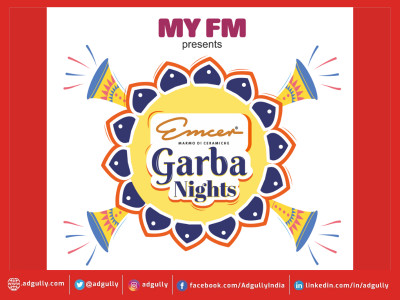

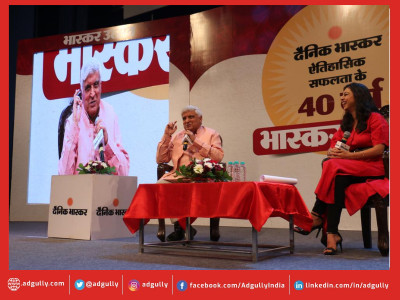
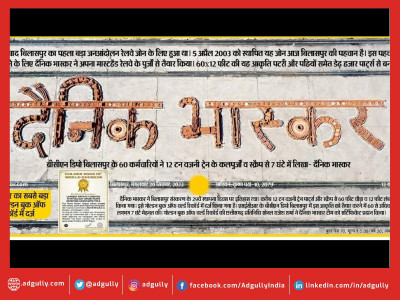
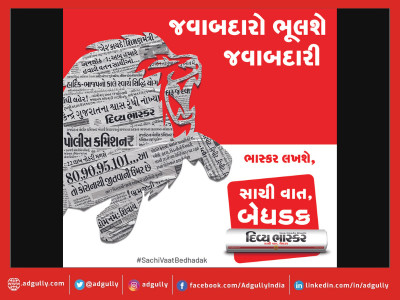
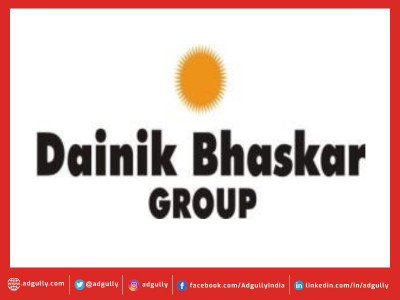
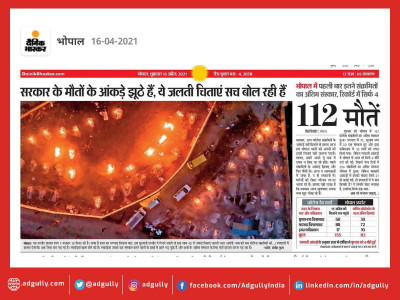


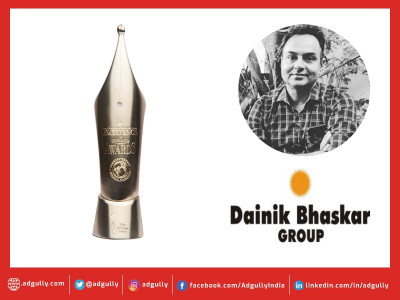
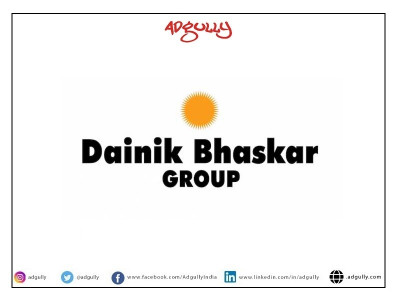


Share
Facebook
YouTube
Tweet
Twitter
LinkedIn